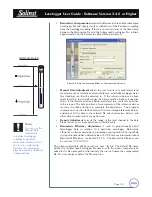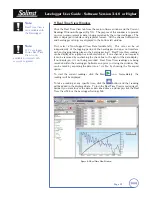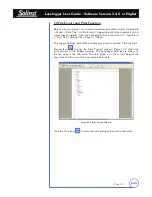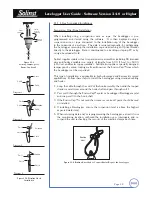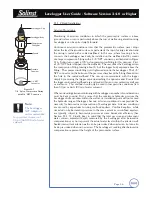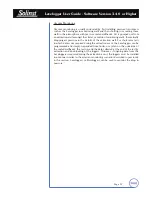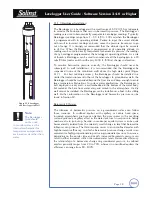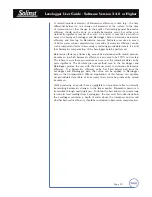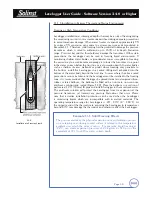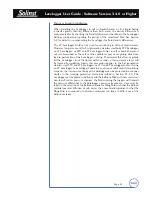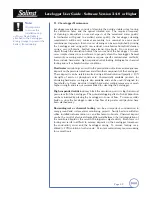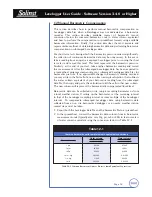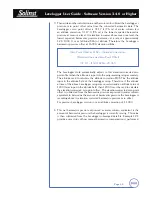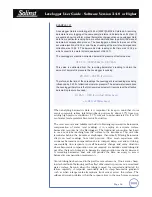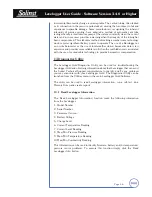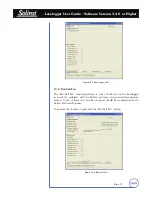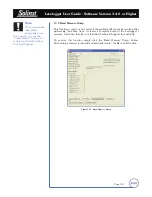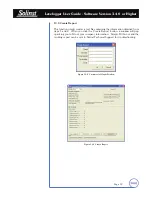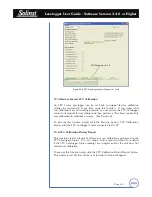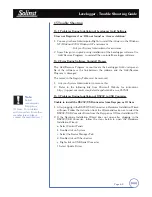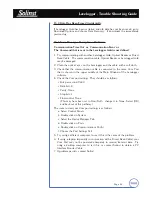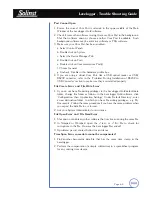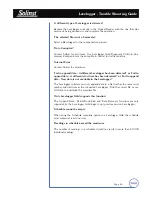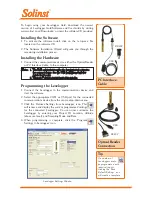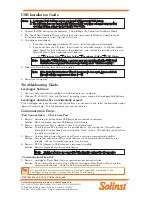
Levelogger User Guide - Software Version 3.4.0 or Higher
Page 54
3. Then write another calculation in another column to subtract the Levelogger’s
pressure zero point offset value from the converted barometric data. The
Levelogger’s zero point offset is 31.17 ft (9.5 m) of water column less
an altitude correction. 31.17 ft (9.5 m) is the lowest expected barometric
pressure at mean sea level. As elevation increases above mean sea level, the
lowest expected barometric pressure decreases at a rate of approximately
1.21/1000 ft or m (altitude/826) of altitude. Therefore the Leveloggers
barometric pressure offset at 1500 ft elevation will be:
The Levelogger Gold automatically adjusts to this elevation-corrected zero
point offset when the altitude is input into the programming setup accurately.
The altitude used to calculate the altitude correction MUST be the altitude
input in the altitude field of the Levelogger setup. Therefore, if the altitude
at time of the above Levelogger setup was uncertain and an altitude value of
1200 ft was input in the altitude field, then 1200 ft must be used to calculate
the elevation-corrected zero point offset. The elevation-corrected zero point
offset is subtracted from the barometric pressure expressed in water column
equivalent to determine the amount of barometric pressure the Levelogger is
recording above its elevation-corrected barometric pressure zero offset.
For previous Levelogger versions use an altitude correction of 1:1000.
4. This net barometric pressure expressed as water column equivalent is the
amount of barometric pressure the Levelogger is currently sensing. This value
is then subtracted from the Levelogger submerged data file. Example 12.1
provide a case study of how manual barometric compensation is performed.
(Zero Point Offset at MSL) – (Altitude Correction) =
(Elevation-Corrected Zero Point Offset)
(31.17) – (1500/826) = 29.35 ft

